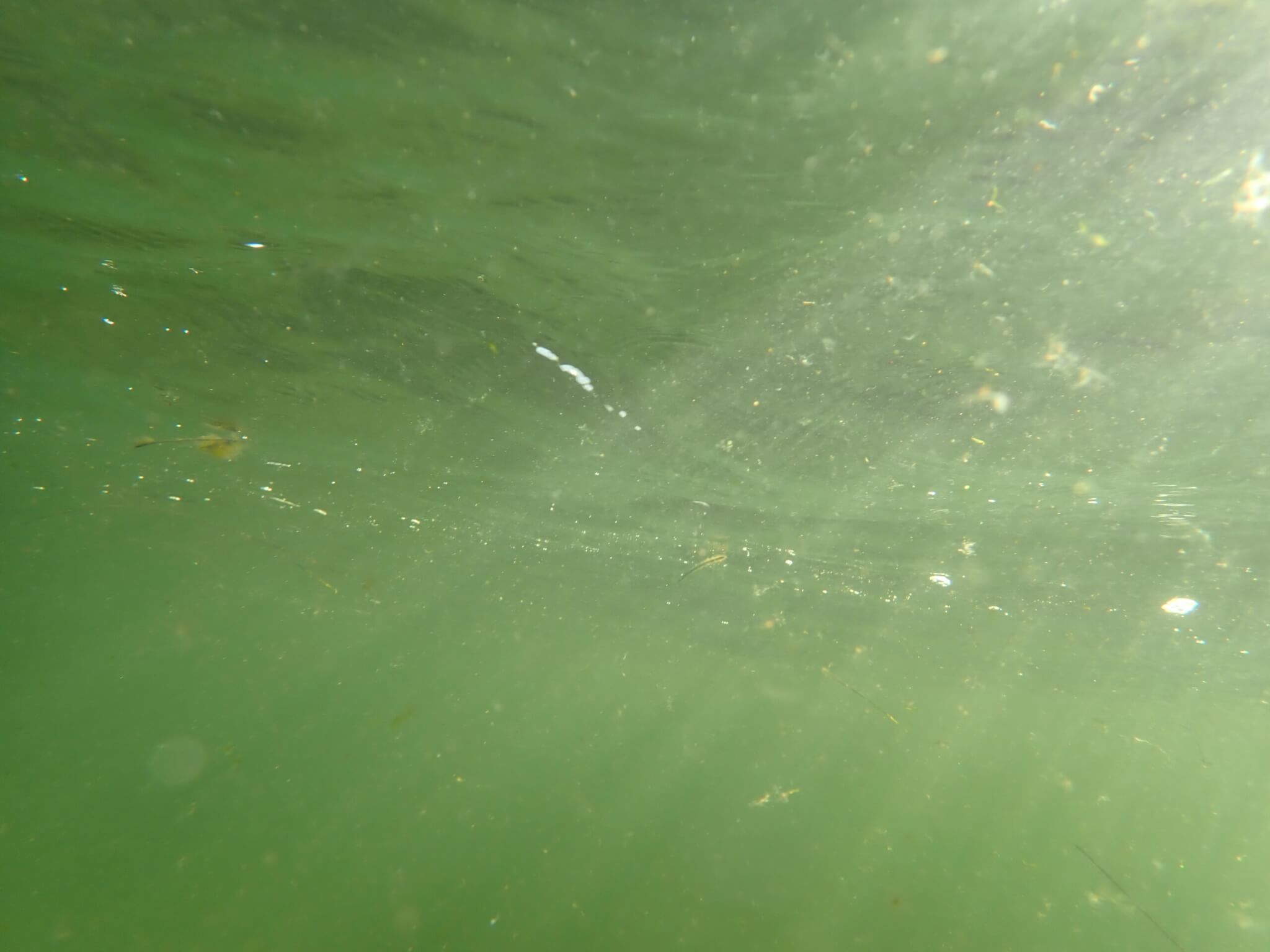
Currently reading: Ellis et al. (2014) on “Systematic reflection: Implications for learning from failures and successes”
Since I referred to it in the post I just published, here is a quick summary of Ellis et al. (2014) on “Systematic reflection: Implications for learning from failures and successes”.
In a nutshell, in their own words: “Generally, the combination of the three functions that characterize systematic reflection (self-explanation, data verification, and feedback) leads to a greater willingness (motivational effect) and ability (cognitive effect) to draw lessons from prior experiences and eventually to a behavioral change (behavioral effect).”
What I find really interesting is that they also write that it doesn’t really matter whether you reflect on your own memory of a situation or on a video of someone else doing a task — so for example fire fighters can learn from watching videos of others in a situation, which is obviously a less dangerous and less expensive way of learning to fight fires! And also maybe a less scary way to consider new approaches to teaching, watching someone else and systematically reflecting on it, rather than trying it yourself right away?
When reflecting, it is then important to, in the case of a failed experience, reflect on both what went well and what did not, whereas in a successful case the focus should only be on what could have gone even better.
Interesting, Ellis et al. (2014) also acknowledge that reflection is hard work, and that most people have too much going on all the time to reflect sufficiently. So they suggest that building reflection into our routines might help, like for example through apps that send us reminders or prompts. And I should dig out my bullet journal again!
In other news, here are some pictures from today’s dip. Since I am pretty sure (but I didn’t check) that the tag “reflection” on my blog actually refers to the physical phenomenon and not the practice, let’s focus on that in our #WaveWatching: below, you see some blue stripes in the waves (close to where the sun seems to break through the sea surface) where you can actually see the sky. All the rest of the green surface shows us total internal reflection — we cannot look out!
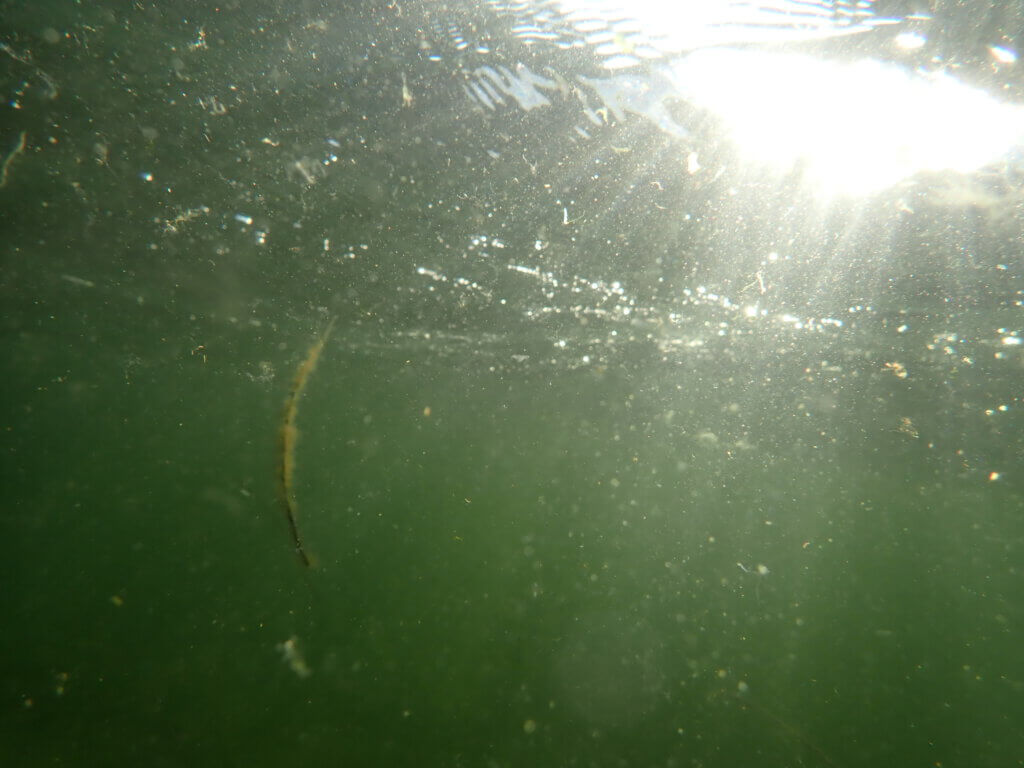
Also what scary stuff is floating in the sea that I only notice on pictures afterwards?
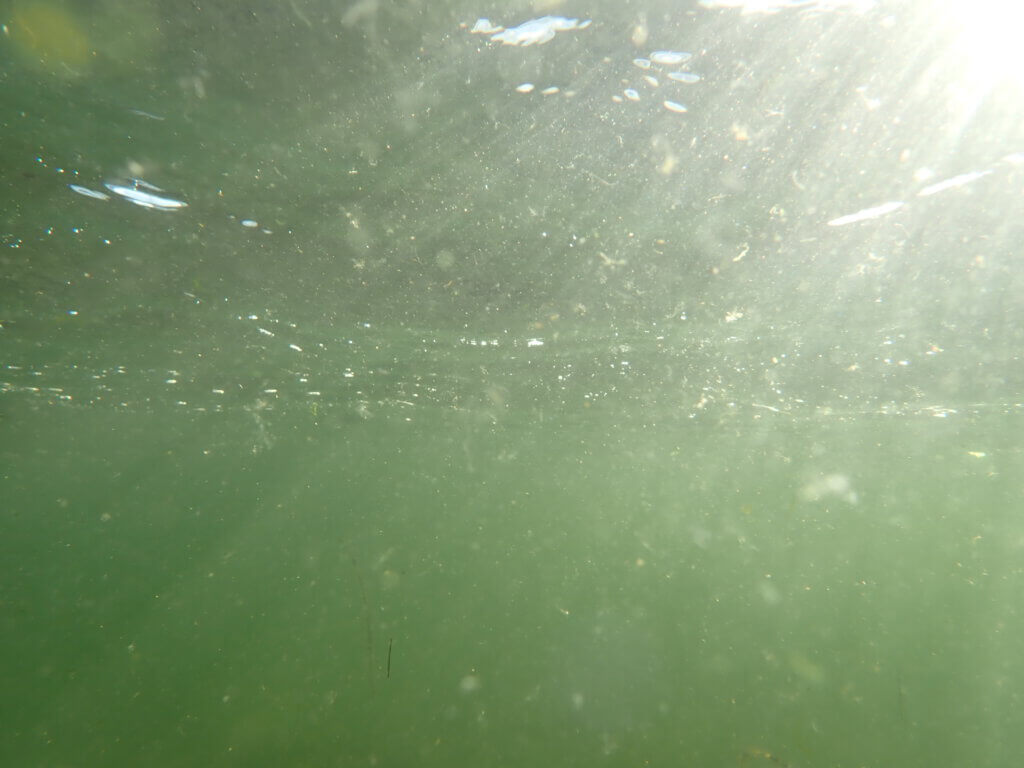
Here it looks like the surface has holes punched in it in several places to let the sun through! And more yucky stuff…
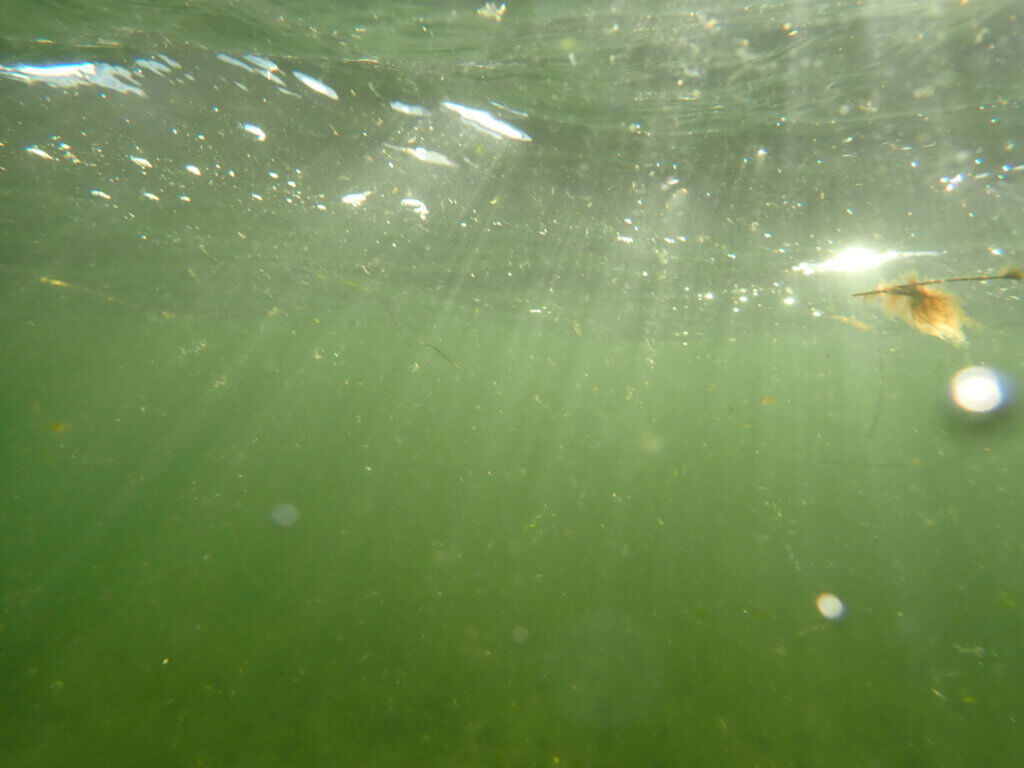
And just for reference, this is what the sea surface looks like from a more usual, if slightly more boring, perspective… But again: Beautiful waves! Always love how the capillary waves get bunched up and interfere with each other. And here we have total internal reflection the other way round, but also in the blue areas: Here we only see the reflection of the sky at shallow angles, and only at steep angles we can look into the green water…
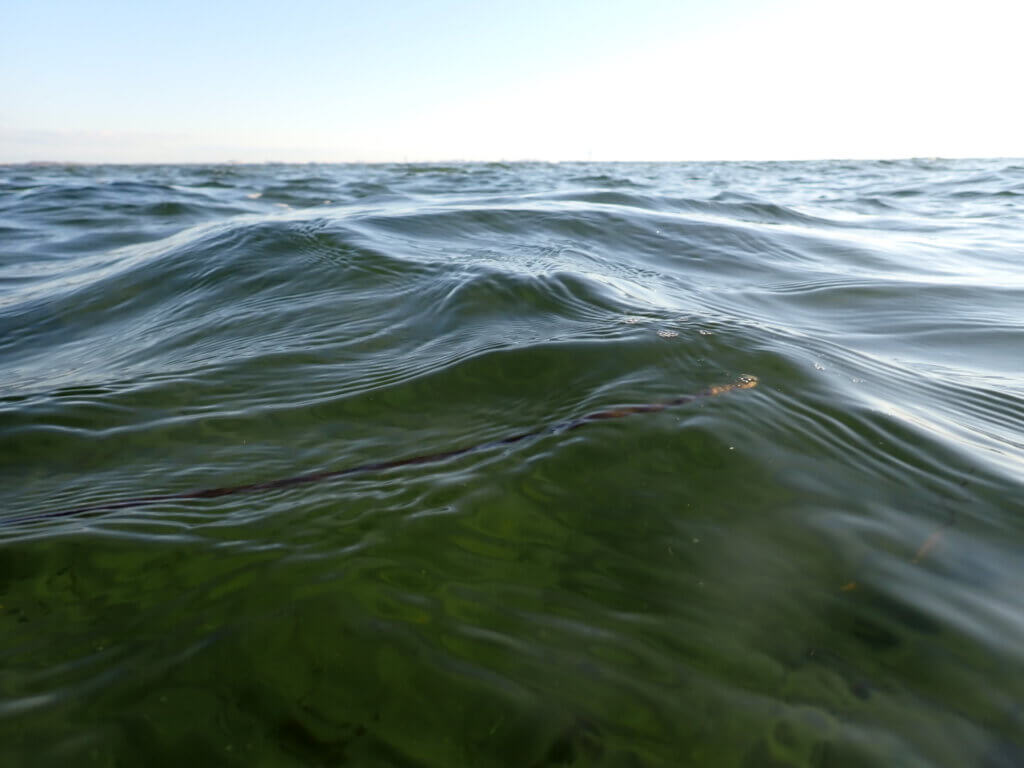
Ellis, S., Carette, B., Anseel, F., & Lievens, F. (2014). Systematic reflection: Implications for learning from failures and successes. Current Directions in Psychological Science, 23(1), 67-72.